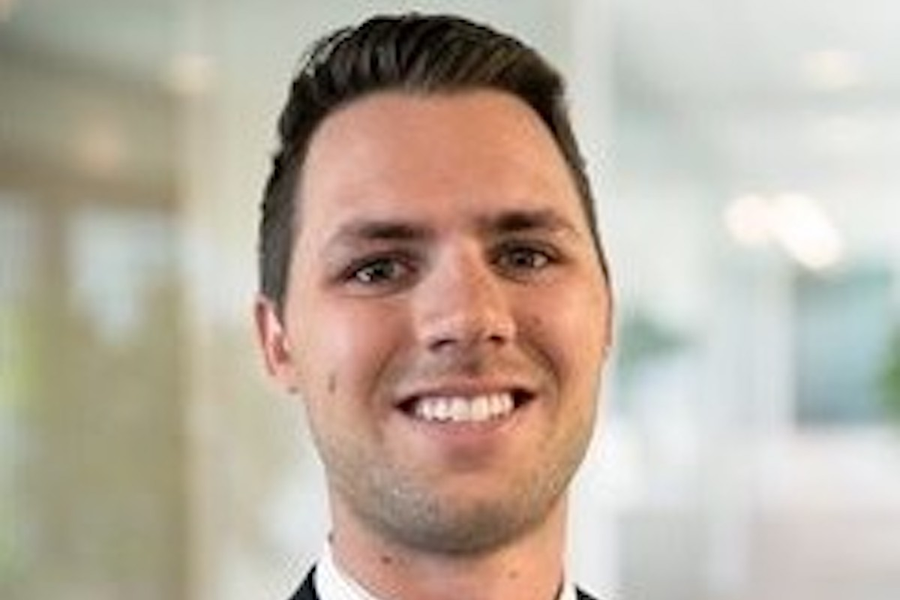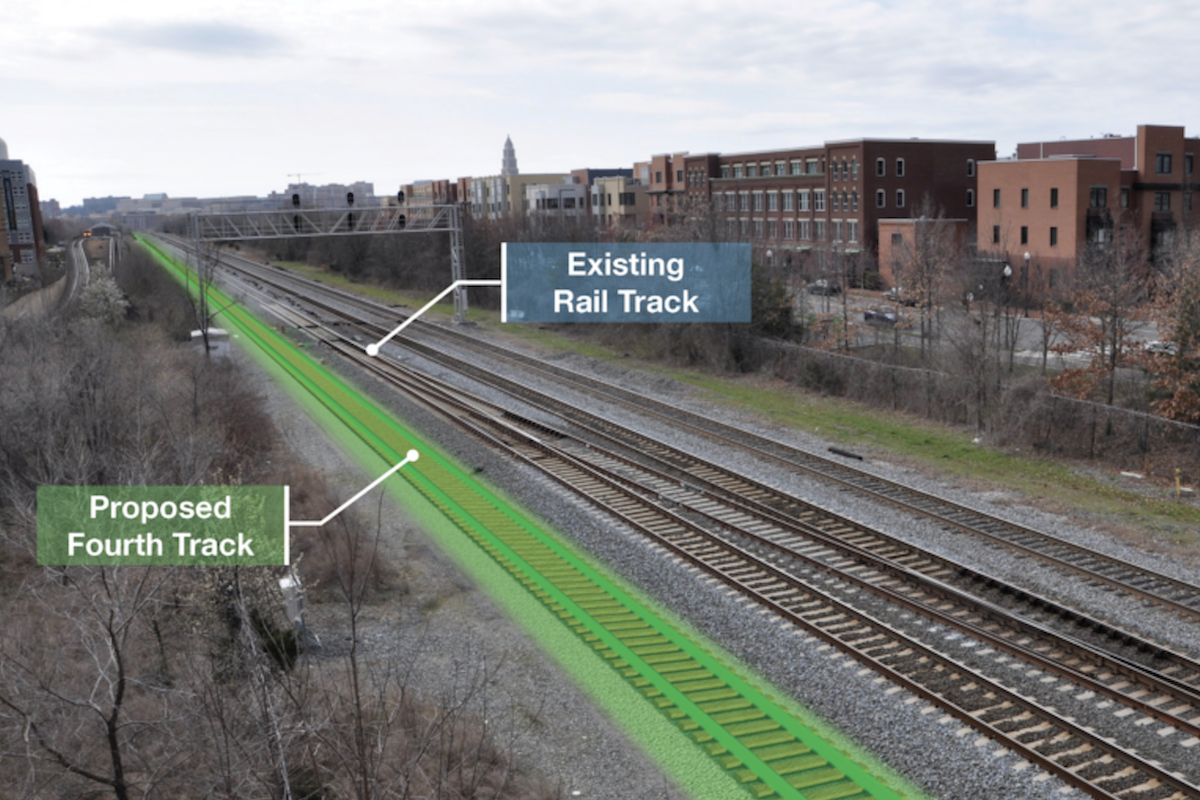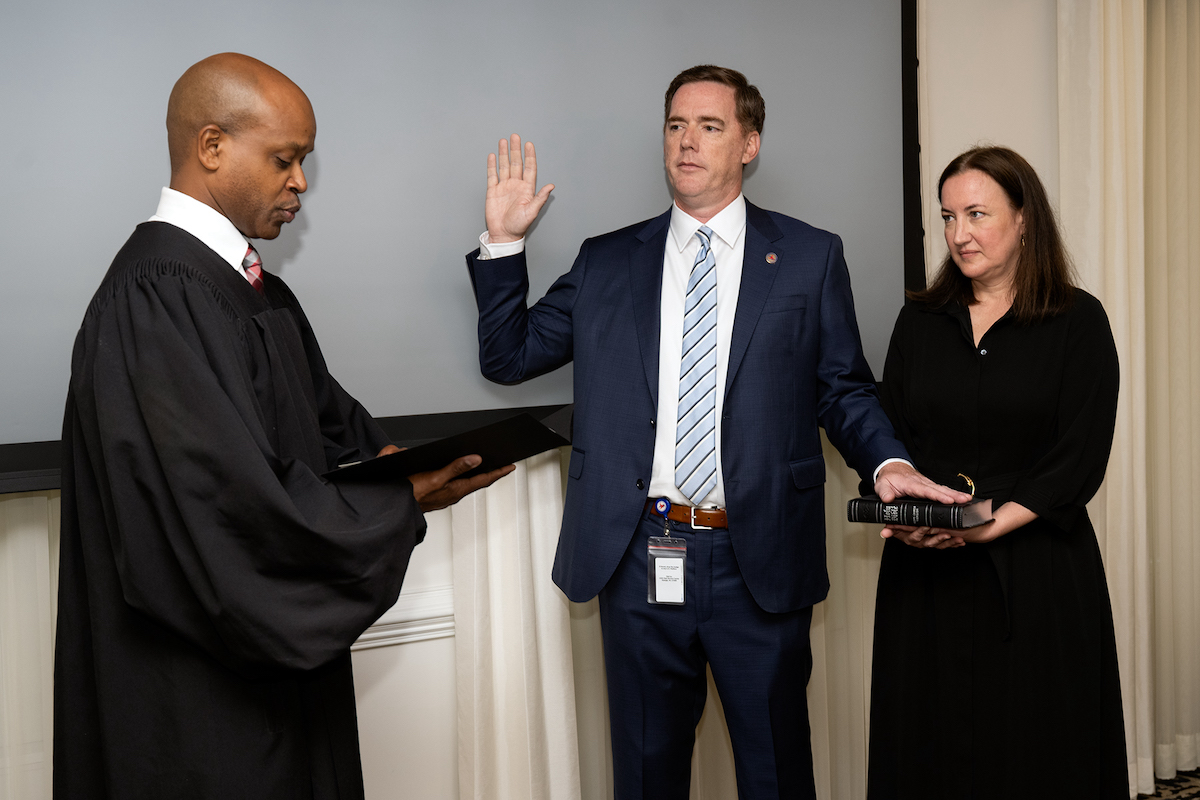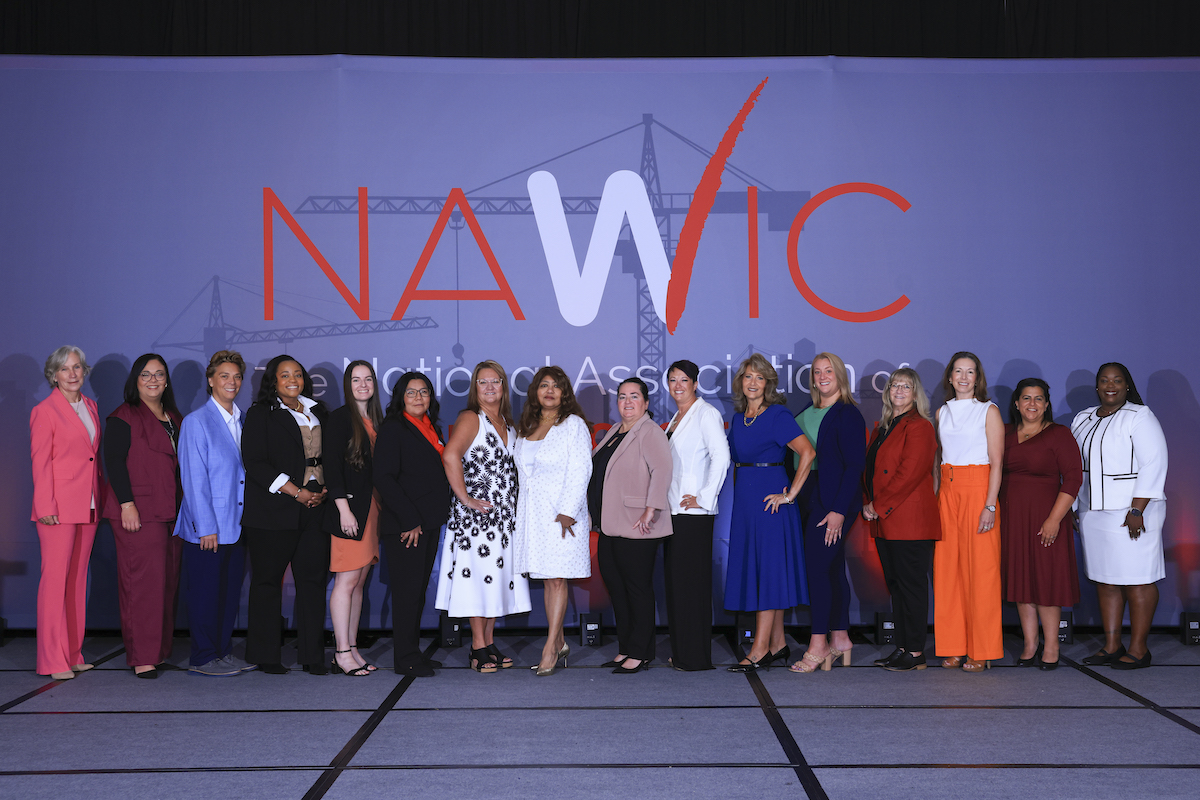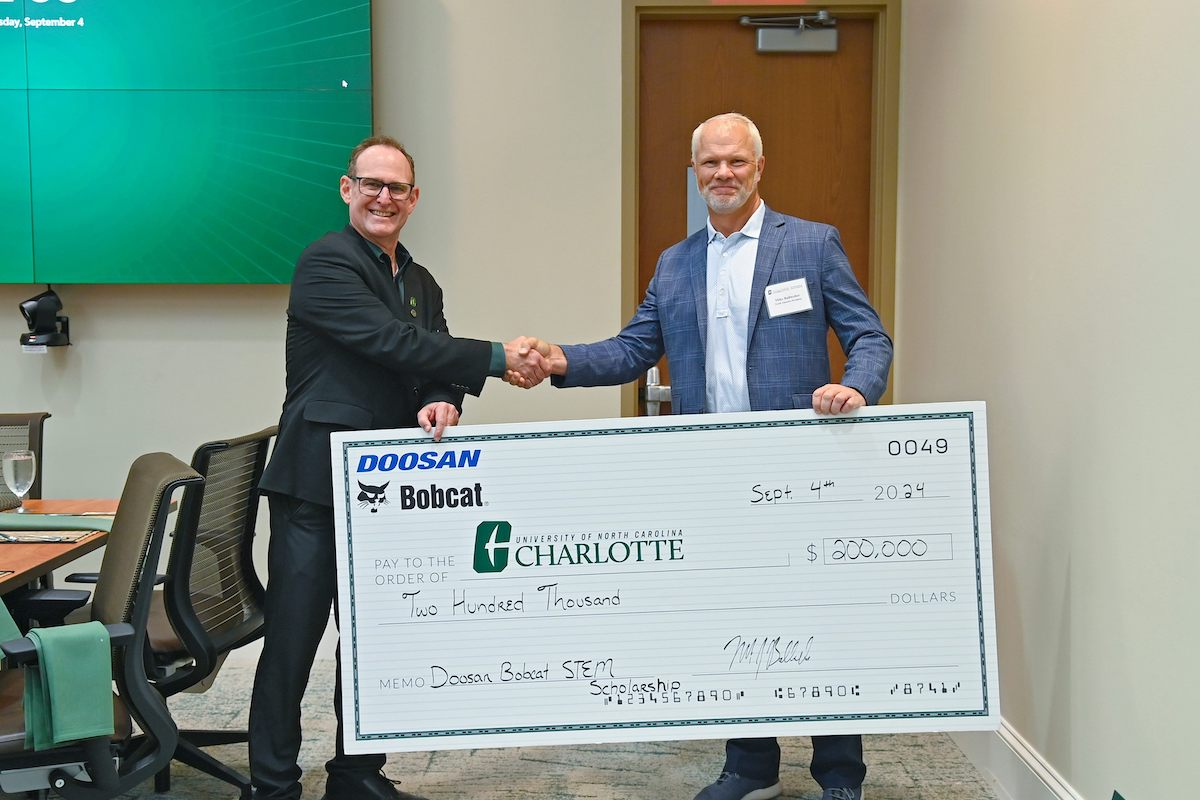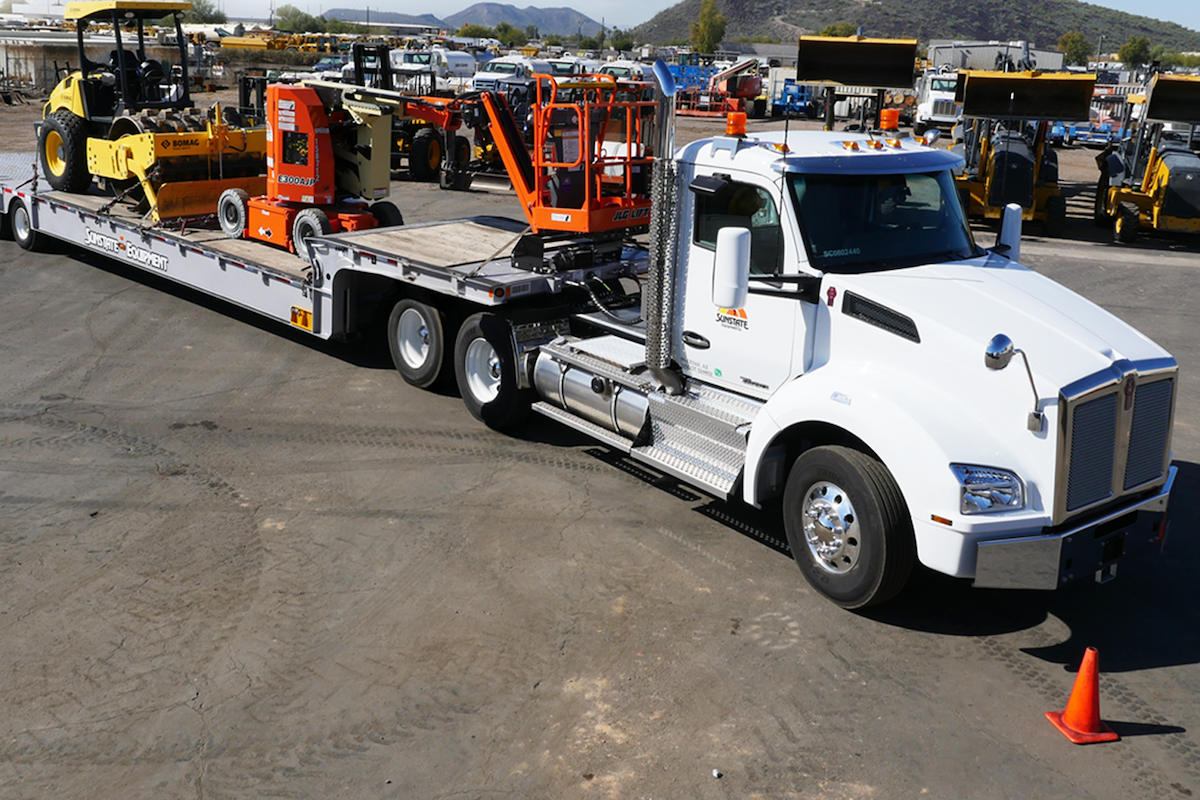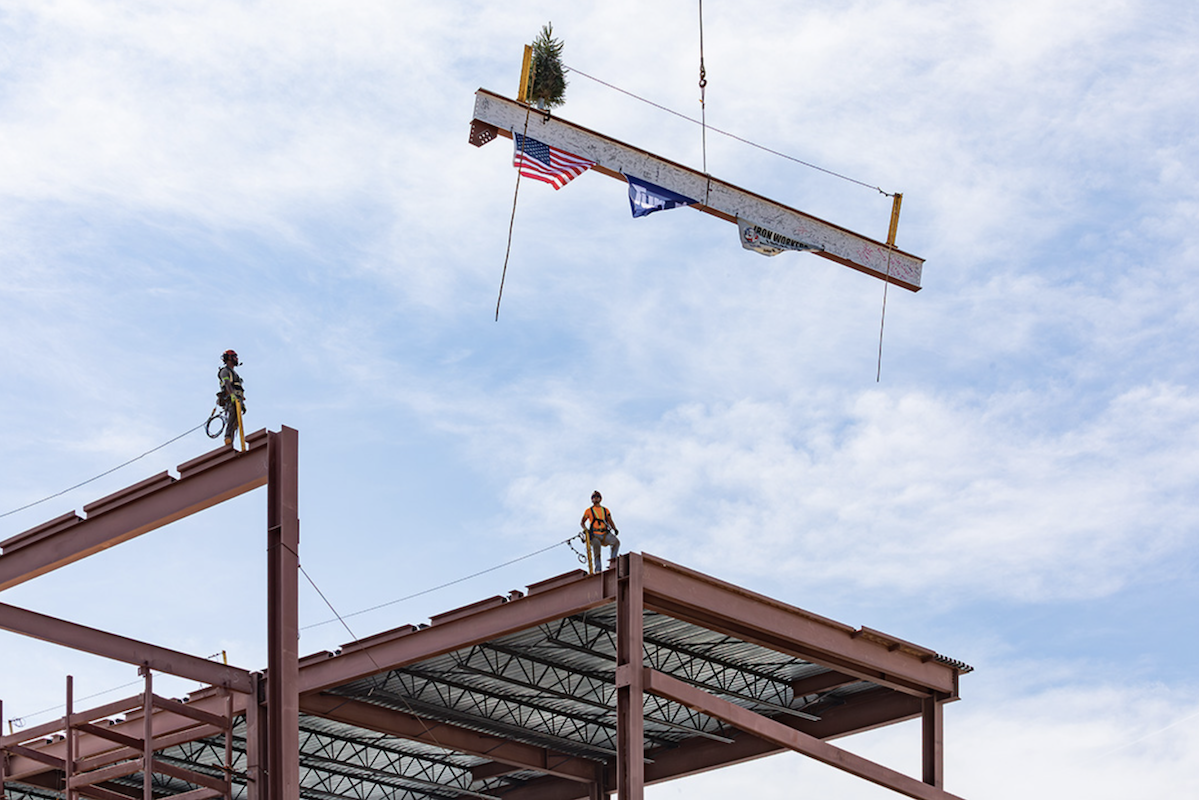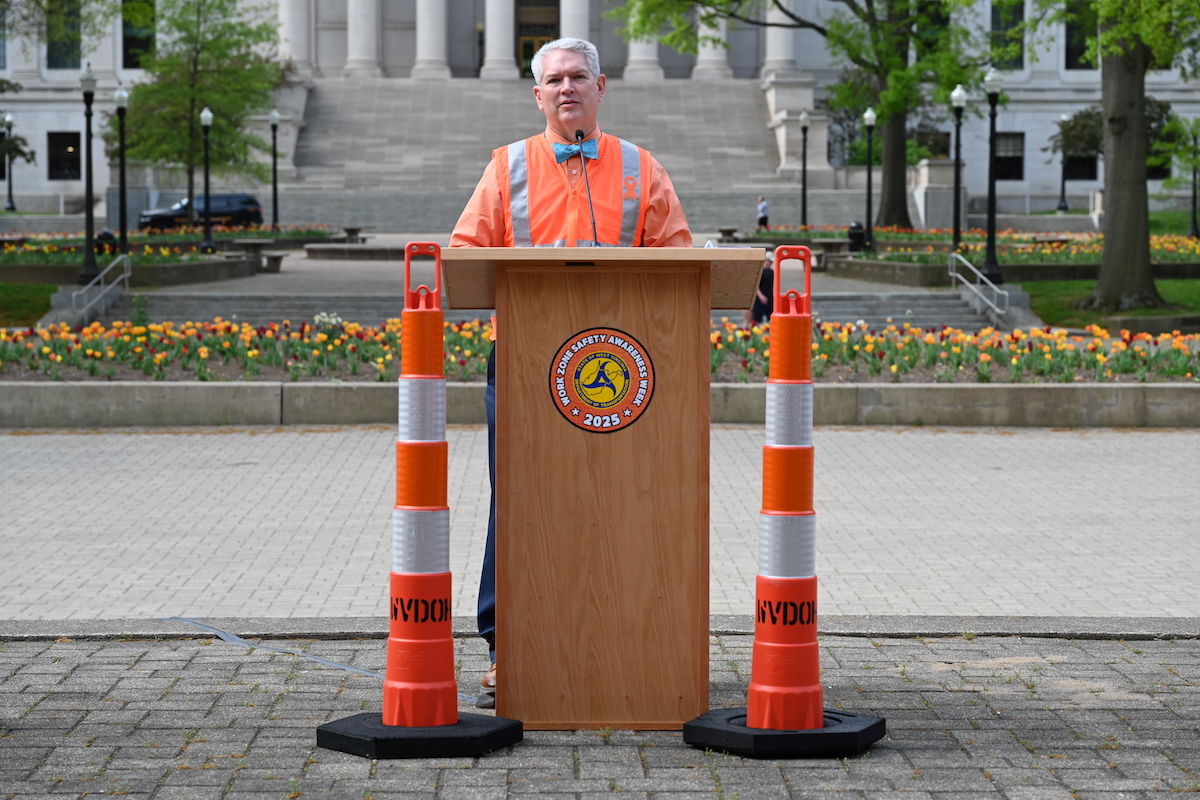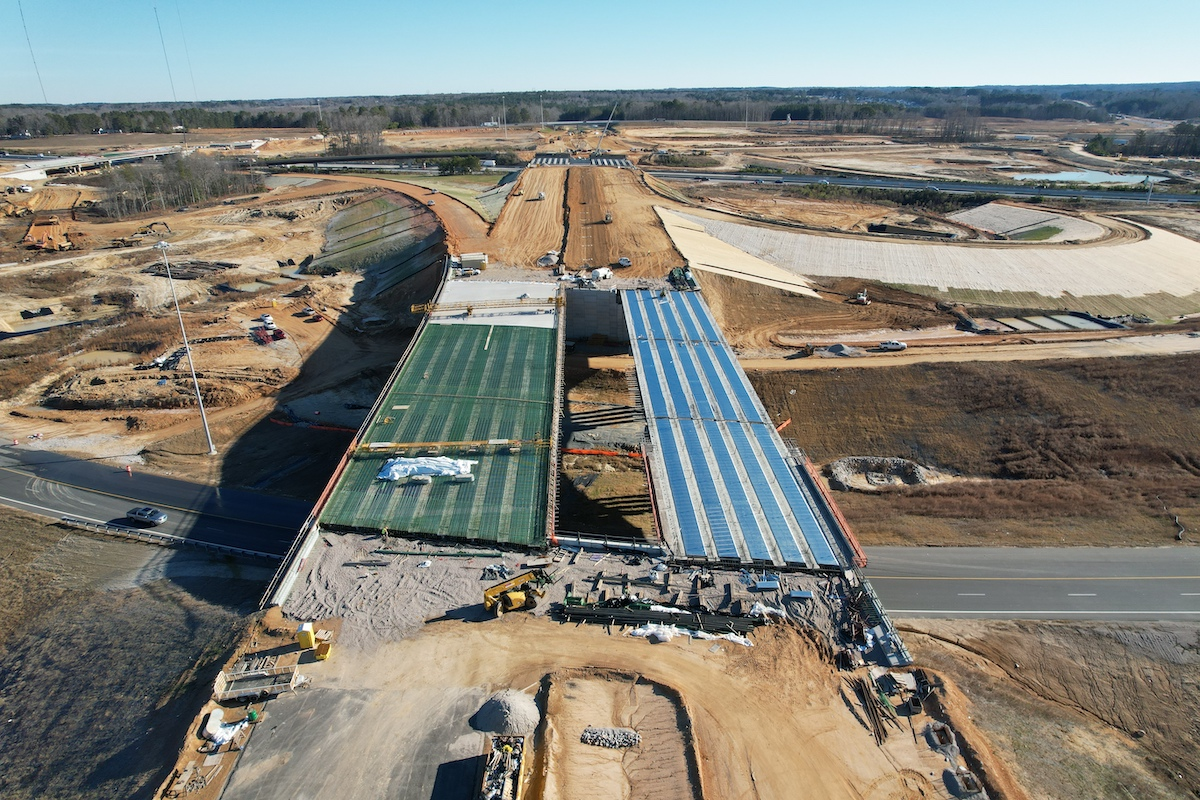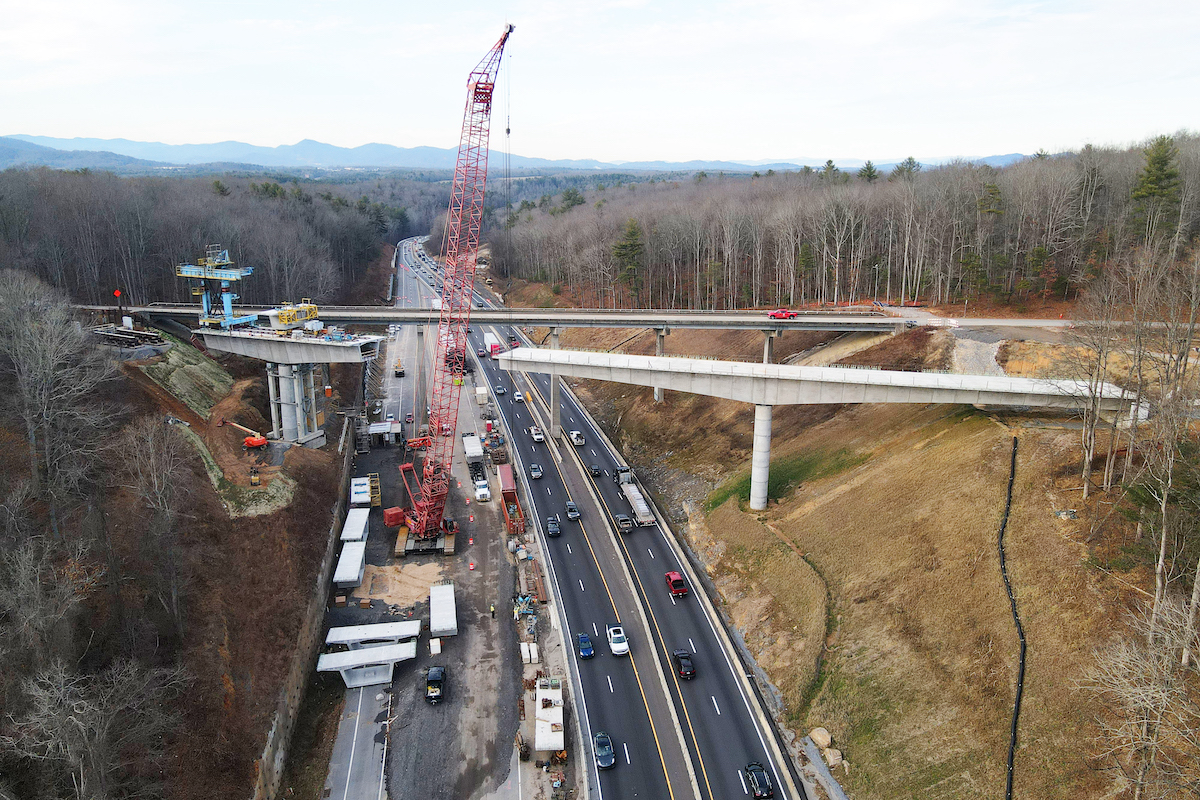Nine of the 11 categories ranked higher than the national grades, as only rail (C- compared to the national B grade) and wastewater (tied with the national grade of D+) ranked the same or lower, a testament to the state’s prioritization of its built environment. Virginia has implemented plans to improve each of its infrastructure systems and additional resources from the state level, and the bipartisan infrastructure law will help these efforts. Civil engineers graded bridges (B), dams (C+), drinking water (C+), public parks (C), rail (C-), roads (C-), schools (C-), solid waste (B-), stormwater (C-), transit (C-), and wastewater (D+).
“Virginia’s infrastructure helps drive America’s economy. We rely on the Port of Virginia to move goods every day and rely upon several crucial highways and rail lines to get those items to their final destinations,” said Virginia Senator Mark Warner. “This report card highlights the hard work by Virginians to improve roads, bridges, and other systems that are vital to the Commonwealth, but there is still more work to be done. Now is the time to prepare for the future.”
Virginia’s transportation sector has performed better than the national average. Roughly 3 percent of the state’s bridges are in poor condition — less than half the national average of 7.5 percent — and the percentage of roads in good condition rose from 48 percent in 2018 to 51 percent in 2022. Virginia is also a regional leader in transit services with connection to the Washington, D.C. Metro system and with 41 transit systems across the state, some of which have already surpassed pre-pandemic ridership levels. However, wastewater systems, despite making progress by reducing sewage overflows, face more than $6 billion in needs over 20 years and will need significantly more resources to improve systems and protect water quality for communities and the natural environment.
“Virginia’s infrastructure is how we deliver gifts in time for the holidays, how we keep the heat running during the winter, and how we keep clean water flowing from the tap,” said Victor Crawford, Chair, 2022 Report Card for Virginia’s Infrastructure. “Our systems are doing well, but we cannot take our foot off the gas now. Infrastructure must continuously be a top priority in state legislatures to ensure our state continues to thrive.”

| Your local Komatsu America Corp dealer |
|---|
| Linder Industrial Machinery |
Only 1 percent of Virginia’s roads are rated in poor condition, an impressive feat considering VDOT is responsible for the third-largest state-maintained highway system in the U.S. The agency utilizes a robust asset management program to best determine when and where to allocate funds. Despite these improvements, the state’s population and business growth calls for expansions to the roadway network, and traffic levels are spiking to pre-pandemic levels. Virginia will receive $7 billion over five years from the Bipartisan Infrastructure Law to improve its roads.
The Commonwealth has made a distinct effort to increase transit ridership since the onset of the COVID-19 pandemic, funding 137 replacement revenue vehicles, 17 expansion vehicles, and rehabbing 42 buses. Nineteen transit agencies are reporting ridership increases. Metro’s Silver Line extension from Falls Church to Dulles Airport is now open, which adds high-quality transit options to locations densely populated with residents and businesses. Over the next five years, the state is facing a $208 million funding gap for transit infrastructure maintenance and improvements.
The cities of Richmond, Lynchburg, and Alexandria convey their stormwater and sanitary sewage through combined sewer systems, which are designed to overflow to rivers and streams whenever there is significant rainfall, known as Combined Sewer Overflows (CSOs). CSOs contaminate rivers and waterways with raw, untreated sewage. The three cities have made significant strides to reduce these overflows, closing dozens of CSO outlets and adding storage tanks to wastewater treatment plants to reduce overflows. However, the SWIFT (Sustainable Water Initiative for Tomorrow) program is combatting the depletion of the Potomac Aquifer, eastern Virginia’s primary source of drinking water, by recharging the aquifer with drinking water quality SWIFT Water. Despite this progress, many of Virginia’s wastewater pipelines are reaching the end of their intended design life, and more than $6.5 billion in maintenance and replacement costs remain.
The report also includes calls to action to raise the grades, which include:
- Ambitiously seek federal funding available from recent federal legislation such as the Bipartisan Infrastructure Law and American Rescue Plan Acts of 2021, plus the Inflation Reduction Act and CHIPS+ laws from 2022, which provide limited time opportunities to close the infrastructure gaps identified in this report.
- Follow through on plans to advance transportation and water projects. Virginia’s authorized plans at the state and metropolitan level feature actions to raise the grade of every infrastructure category. However, plans to spend money in the next few years will not amount to positive change unless decision-makers at those state and local levels appropriate and allocate the funds during a likely upcoming economic downturn.
- Consider equity and climate change when implementing investment. Many projects are “shovel ready,” but a smaller group is “shovel-worthy.” When making that judgment, historical and present-day equity data — as well as the threats from climate change — should be centered. This begins with technical assistance and cross-jurisdictional collaboration. A central constraint to improving Virginia’s infrastructure are the resource and staffing levels at smaller and disadvantaged communities.
"These improved ratings for Virginia’s roads and bridges are a testament to VDOT’s and the Commonwealth Transportation Board’s continued dedication to funding vital infrastructure projects and ensuring quality asset management so that our transportation system is viable, safe, and efficient for years to come,” said VDOT Commissioner Stephen C. Brich, P.E. “We are proud of this commitment to the Commonwealth that is reflected in roadways and bridges that are rated above the national average, but we will remain focused on building, operating, and maintaining our transportation network at a level that makes Virginia a national leader.”

| Your local Wirtgen America dealer |
|---|
| Dobbs Equipment (SC) |
The Report Card was created as a public service to citizens and policymakers to inform them of the infrastructure needs in their state. Civil engineers used their expertise and school report card-style letter grades to condense complicated data into an easy-to-understand analysis of Virginia’s infrastructure network. ASCE State and Regional Infrastructure Report Cards are modeled after the national Infrastructure Report Card, which gave America’s infrastructure an overall grade of ‘C-’ in 2021.












